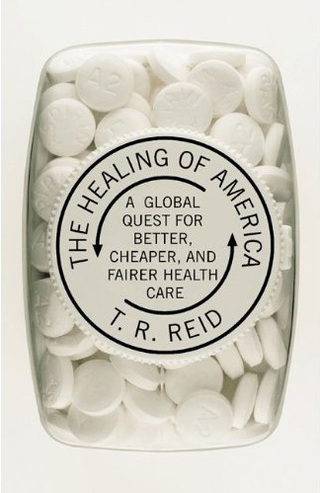

The government plays a central role in determining payments for various health services, thus keeping a decent control on cost. At the same time all citizens (barring a rich minority in the case of Germany) are required to sign up for one or the other health insurance. However, the insurance companies operate as non-profits and are required to sign up all citizens without any conditions. The insurance coverage is also mainly provided through private companies. The system uses private initiatives to provide the medical services. This is the model followed in Germany and in its rudimentary form was laid out by Otto von Bismarck. Major forms of international health care systems The Bismarck Model Reid finds suitable treatment in India, which has an out-of-pocket model, the only one Reid considers to be worse than the American system of health care. Along with the study of various health systems, Reid also documents his attempts to get treatment for his shoulder during the journey described in the book. Reid is critical of the United States for not being able to provide guaranteed health services to all its citizens as is done in virtually all developed countries. The major theme of the book is the contrasting of health care in other developed countries with health care in the United States. The book also discusses transitions in the health care systems of Taiwan and Switzerland. Reid visited all these countries personally and claims to have chosen them since they exemplify specific kinds of health-care system models. The countries whose systems are discussed are: France, Germany, Japan, the United Kingdom, Canada and a specific example from India. Reid compares health care systems in a half-a-dozen wealthy nations with the health care models followed in the United States, in a straightforward, easy to read narrative. The Healing of America: A Global Quest for Better, Cheaper, and Fairer Health Care is a New York Times bestseller from journalist T.


 0 kommentar(er)
0 kommentar(er)
